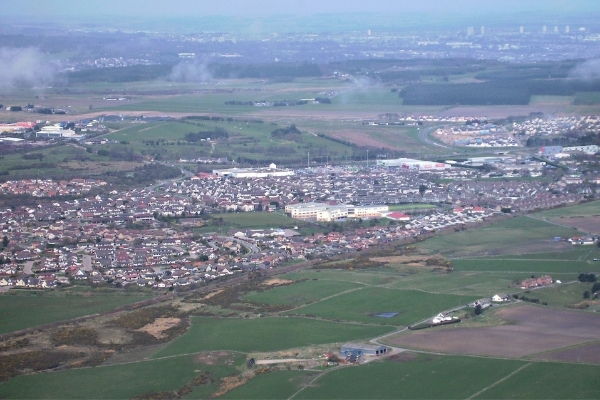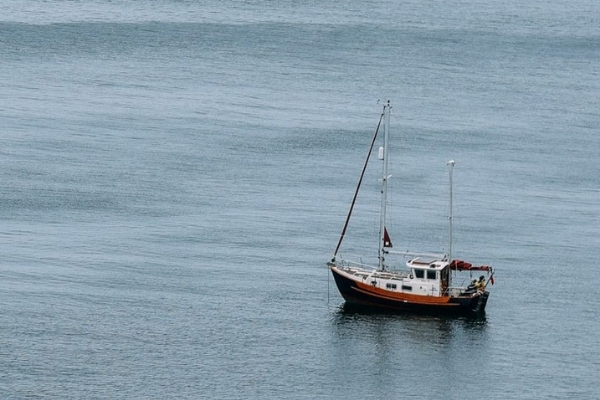
There is evidence of man living and working in the Portlethen area 4,000 years ago with the standing stones and ring cairns of Aquhorthies, Cairnwell, Craighead, Auchlee and Old Boutreebush. The gap between the building of these stone circles and when people began to use writing to record the passing of days is a huge one. Although there are hints of the area’s history, with the Romans, Picts and many others making impressions on it, it would be some time before Portlethen entered the history books.
The next historical milestone is the creation of the Causey Mounth in the 12th Century. This was built as a connection between Stonehaven and the City of Aberdeen – one of the few “easy” routes to avoid the hills and the boggy areas of the Portlethen Moss. Some of it is still in use today. Sea fishing was undertaken from the harbour at Portlethen. At times this played a major role in providing food to those inland, and later, fish was carried on the backs of fish wives from Portlethen to be sold at market in Aberdeen. These walks became known as the “Creel Walks”.
Today, only a few fishing boats are left in Portlethen, these being small white fishing boats and a few creel fishing boats.

Over time, Portlethen, and especially the Findon estate, passed through many owners’ hands. The estate and Barony of Findon, created sometime after 1320, was broken down or expanded or sold as plots. Landowners started to play a smaller part in the management of their estates, and farmers started to play a more important role in taking care of the land. In the “book of Bon-Accord”, Portlethen was called “Port Leviathan” because of certain whales that came ashore there. The dating of this is, however, unknown.
Today, it’s Our Portlethen.

